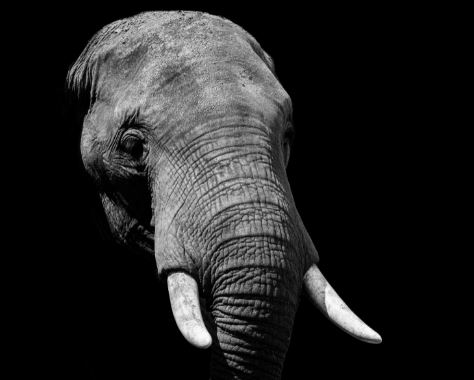Hot Stories
Recent Stories
Thought You’d Never See a Real-life Woolly Mammoth? Think Again
Posted by Thandiubani on Mon 20th Sep, 2021 - tori.ngColossal, a bioscience and genetics company, have raised $15 million to make the resurrection a reality using new approaches to gene editing.

Photo by James Hammond on Unsplash
They’re the stuff of prehistoric legends - extinct for thousands of years but about to be brought back to life, thanks to a revolutionary scientific project that’s looking to make a positive impact on the environment.
Colossal, a bioscience and genetics company, have raised $15 million to make the resurrection a reality using new approaches to gene editing. Within six years, we may well have a 21st century woolly mammoth among us.
How the mammoths will be brought back to life
The process would revolve around a tool called CRISPR-Cas9, which involves making an initial elephant-mammoth hybrid. Scientists would edit Asian elephant skin cells to carry mammoth genes, and then insert their nucleus into an egg containing mammoth stem cells. The next step would see the embryo carried by a surrogate elephant mother, or possibly even an artificial womb for the gestation period.
The aim is to have the first set of mammoth/elephant, or ‘mammophant’, calves in six years: a cold-resistant elephant with added fur and fat layers – a woolly mammoth, effectively.
Harvard University professor George Church will use his company Colossal to carry out the project, benefitting from experience in other genome sequencing work before. The mammoth challenge looks set to be their biggest yet, however.
The reasons for resuscitating the mammoth
In the 21st century, mammoths are something that you hear about in storybooks or scientific research, or maybe they’re brought back to life digitally in movies and electronic gameplay like computer games and online slots. But 10,000 years ago, they were a key part of their local ecosystem. They formed a key part of the food chain in the Arctic and also scraped away layers of snow to eat grass.
The second action may not seem so important, but it forms one of the key reasons for the project: scientists believe the mammoths could help in the battle against climate change. By exposing the soil beneath the snow to cool air, it will help to keep the permafrost that is so crucial for the region. What’s more, their habit of removing trees and trampling on the ground helps create more grassland which can add to the permafrost.
There’s also a theory that bringing back the mammoth would help conserve Asian elephants that we already have. If the project is successful, then scientists could theoretically inter-breed the two species so that elephants develop the traits to survive further north – vastly expanding potential conservation areas.
Also, let’s not forget that seeing an actual woolly mammoth in person, or even on a social media video, would be pretty fascinating.
Possible difficulties
Despite these potential benefits, there are several voices arguing against the project.
One of them is that mammoths removing trees would harm the environment, which has adapted to conditions since the creature’s extinction. It’s a well-known fact that we need trees for their CO2-converting properties, which could be more important than creating more grassland.
Critics also believe that the scale of the project is unrealistic. To start with, you’d need hundreds of thousands of mammoths which each take nearly two years to gestate, and 30 years to reach maturity, according to evolutionary biologist Victoria Herridge. It would simply take too long to have any effect on the increasingly critical de-thawing of permafrost.
There’s also an ethical concern. Would the mammoths be able to adapt to their new environment without a shock to the system? The world has changed hugely in the last 10,000 years. Also, how would it react to the modern elephant – could there even be conflicts between the two? These are questions that the project might need to answer, with so many people uncomfortable with the concept of humans ‘playing God’.
Likely results and consequences
So, could we see a 21st century version of the woolly mammoth? While the arguments against the project are compelling, it doesn’t change the fact that resurrecting a prehistoric animal would be an incredible achievement. It’s also definitely possible, with huge advances in technology already making it possible to clone animals, such as the black-footed ferret and the famous Dolly the sheep.
Yet at the same time, the people behind such projects need to be careful of unintended consequences. Reintroducing species into fragile ecosystems could cause damage to existing wildlife and have a negative emotional impact on the animal itself. There also must be controls on what humans are allowed to d0, especially if dangerous creatures are recreated that pose a threat to people.
Projects like the return of the woolly mammoth will tell us what we can expect from the next few years, as we enter a brave new scientific world of genome sequencing.
Top Stories
Popular Stories
Stories from this Category
Recent Stories





















































